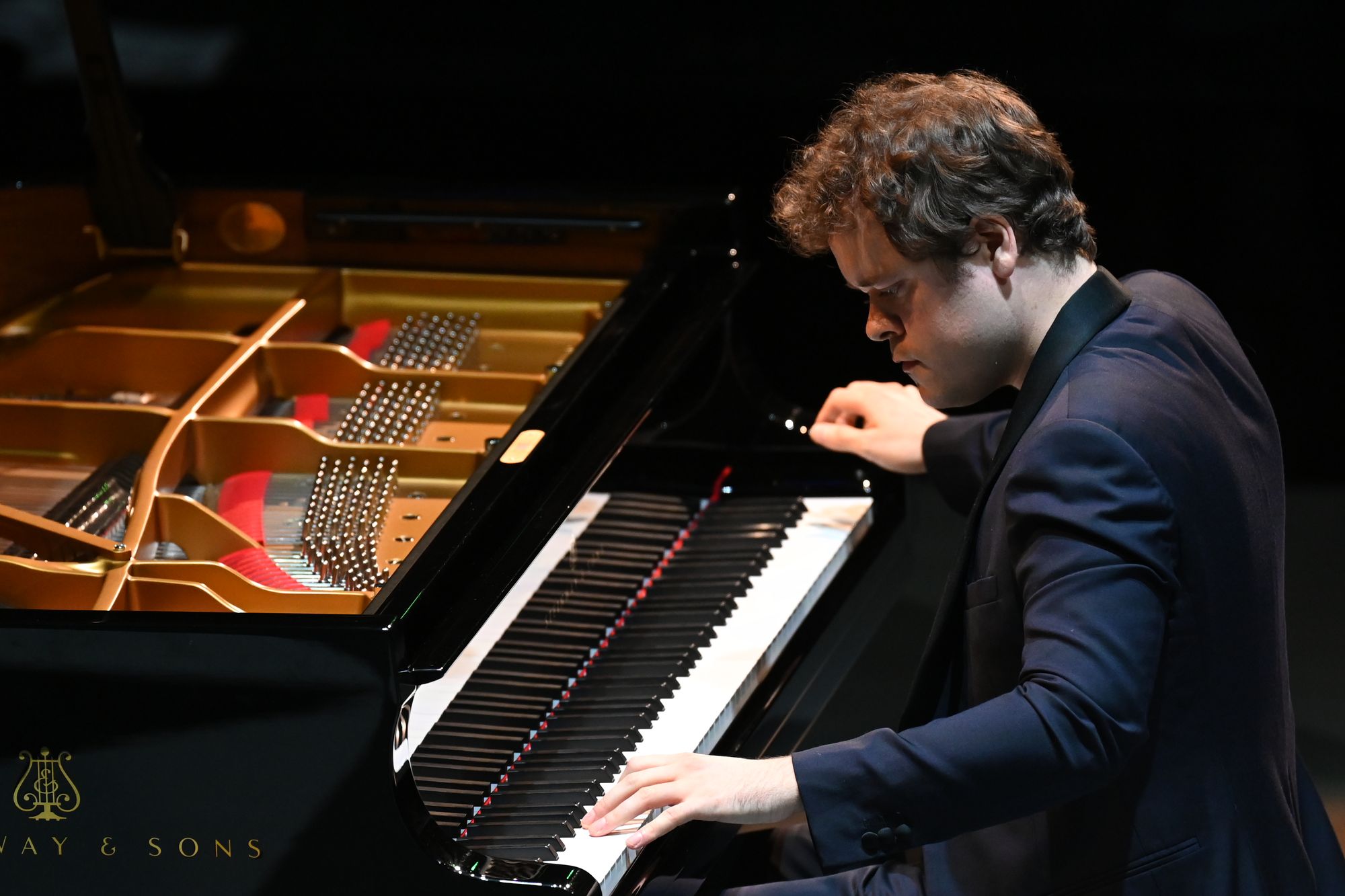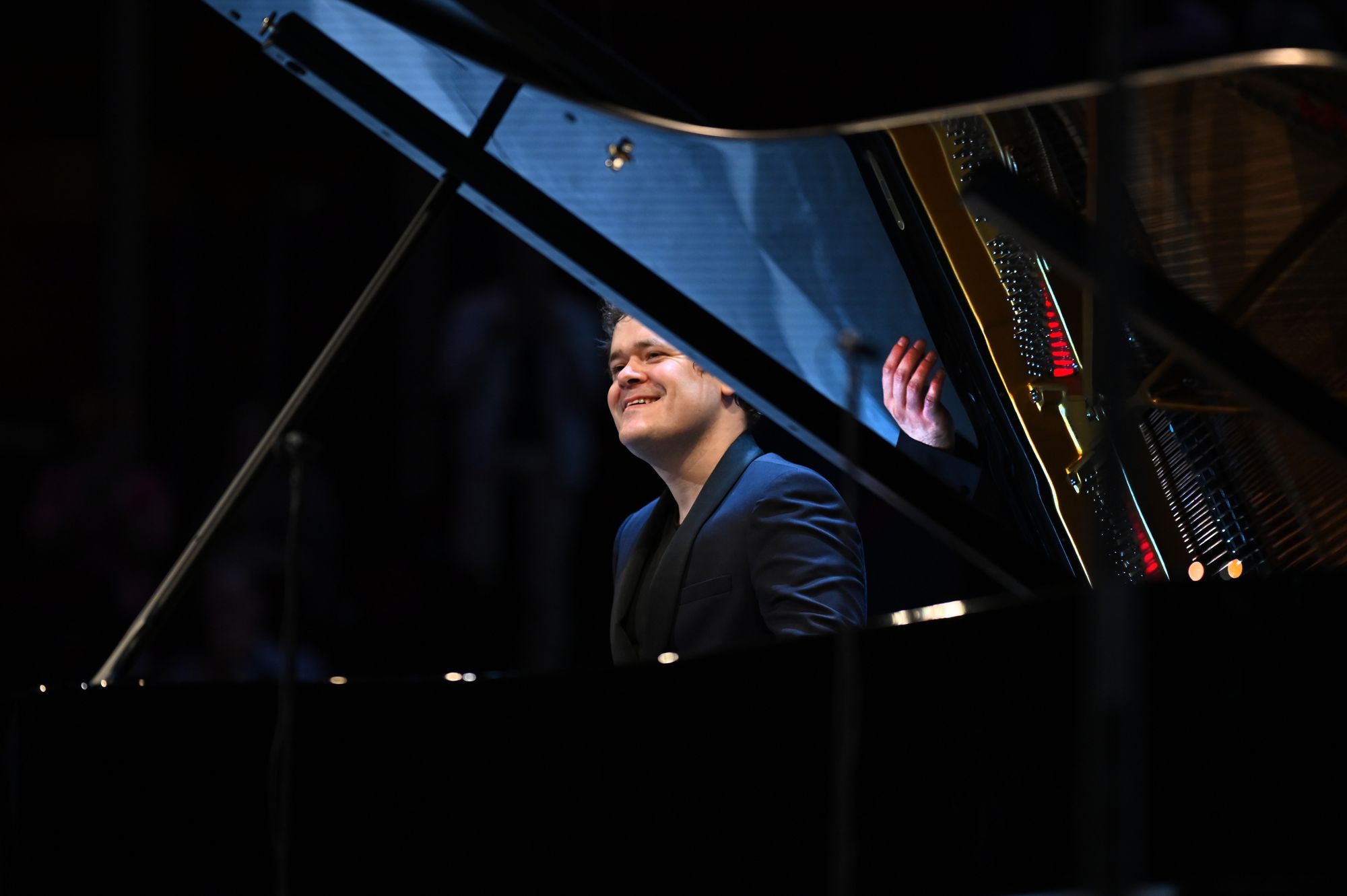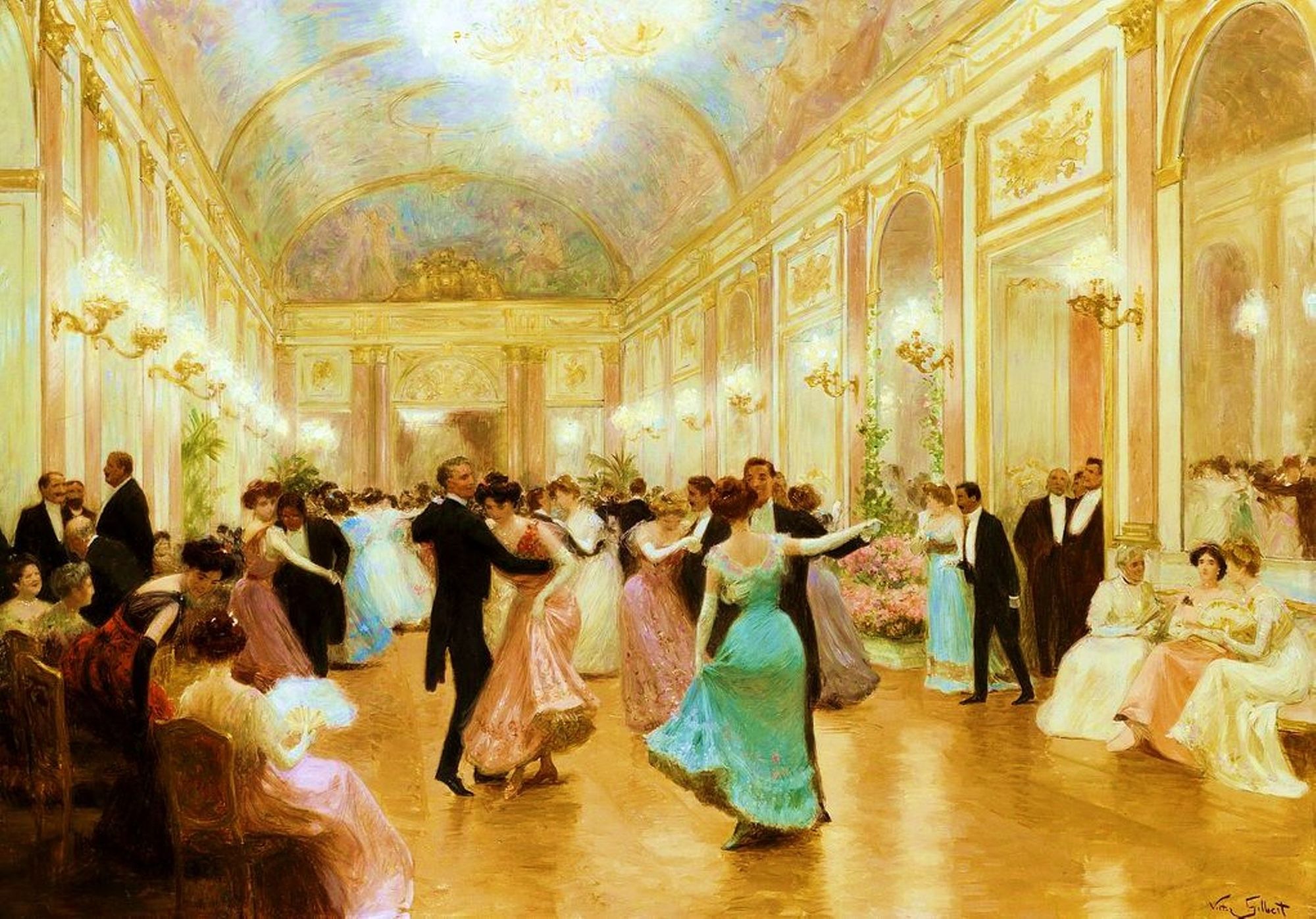Benjamin Grosvenor stuns at the Proms
A truly lovely, and impressive, Proms recital from Benjamin Grosvenor

Prom 3: Debussy (arr. Borwick), Liszt, Ravel Benjamin Grosvenor (piano) Royal Albert Hall, London, 16.07.2023
Debussy Prélude de l'après-midi d’une faune (1891-4, arr. Borwick c. 1920)
Liszt Réminiscences de Norma (1841)
Ravel Le tombeau de Couperin (1914-17) La valse (1919-20, arr. 1920)
This was an impeccable recital by Benjamin Grosvenor. The brief from the BBC was for a recital that featured works for orchestra, performed on the piano: Debussy’s iconic Prélude de l'après-midi, and two works by Ravel both better known in their orchestral guises was the result, supplemented by a. Liszt operatic paraphrase.
Walthamstow-born Leonard Borwick (1868-1925) was a pupil of Clara Schumann. His arrangement of Debussy’s Prélude is possibly his main claim to fame. He also arranged ‘Fêtes' from Debussy’s Nocturnes - a magisterial performance by Emil Gilels is available on Hässler Profil; now that piece would have made quite an encore for Grosvenor!). It was a stroke of genius to begin with the Prélude: Grosvenor’s sensuous performance was magnificent, drawing the listeners in from the very first, whispering notes, painting the piece via the medium of the piano. Grosvenor’s differentiation of tone was spot-on, from his invocation of horns to the later layering as the music becomes ever more complex (an honouring of Debussy’s registral partitioning). An astonishing performance of a rarely-heard gem of an arrangement.
There is a rather nice link between the Debussy and the Liszt in Grosvenor’s programme, in that the pianist Mark Hambourg (1879-1960) premiered the Borwick arrangement, and indeed recorded it. You can hear this here:
Hambourg’s recordings of the Liszt Hungarian Rhapsodies are, transcendental and vital documents (despite the plethora of wrong notes!): my colleague Jonathan Woolf’s review is on MusicWeb International here. And here’s Hambourg’s performance of the first, in C sharp-Minor:
Grosvenor‘s Liszt is also a known quantity, and his performances are permeated with great intelligence. Bravura takes a back seat; one hardly notices the pyrotechnics for the ongoing musical flow. Such was the case in his performance of the 1841 Réminiscences de Norma. No ‘Casta Diva’ here; instead, Liszt mainly uses material from the beginning and end of the opera. In an interview reproduced in the programme booklet, Grosvenor refers to a ‘dramatic and compelling narrative’ to this piece, and indeed that sense of through-composed story-telling was a major component of the success of his reading. Notable, too, how Grosvenor changed his sound from the softness of the Debussy to the harder touch of the Liszt’s opening, allowing us to enter a completely different sound-world. Interesting, too, that the colour of the background on the stage changed from green to red for this piece (symboliing Lisztian diablerie? On a Sunday, to boot? I approve!).
Grosvenor recorded this piece for Decca - you can hear it here.
There was also a link between the Debussy and the Liszt in Grosvenor’s perfect striation of textures via timbral means; the Liszt, though, places more of an emphasis on chordal passages, and Grosvenor’s chords were always exactly together – to a level of exactitude one rarely hears. The performance was shaped to perfection; Grosvenor offered a reminder of Liszt’s greatness.This was no mere showpiece.

Ravel’s Le tombeau de Couperin was the one exception in the programme, in that it was originally for piano and later orchestrated (by the composer). The piece is an hommage to the French clavencinists - as the title implies, particularly François Couperin. Ravel only orchestrated four of the pieces, so the solo piano version has the ’extra' Fugue and Toccata, Grosvenor’s expert pedalling and his morphing of the piano sound into something perfect for Ravel’s delicate textures was most impressive. The Fugue was suffused with a sense of gesture inherent in the fugue subject itself, the close simply beautiful. Here’s Grosvenor’s recording of the Fugue.
Interesting how the tightness of delivery of the dotted rhythms in the ‘Forlane’ seemed to refer right back to those ‘clavecinistes’; Most impressive though was Grosvenor’s ability to create an atmosphere of intimacy, both in the ‘Rigaudon’ and in the tender yet gallant ‘Menuet,’ while the simply magical, spellbinding textures of the ’closing ‘Toccata’ enthralled (here’s Grosvenor’s Decca recording of that toccata).

Finally for the published programme, Ravel’s heady La valse in its 1920 piano version by the composer. The choice to reproduce Victor Gabriel Gilbert’s painting The Ball in the programme was perfect, and reflected the piece’s (and Grosvenor’s performance’s) sense of heady abandon.

It was fascinating how Grosvenor achieved both some clarity at the beginning, and yet projected that overall feeling of a low, ominous grumbling. Glissandos were full of energy (an almost Stockhausen-like sense of gesture: in the light of this performance, one wonders if that composer’s Klavierstück X owes a debt to La valse?). Most importantly, Grosvenor made sense of La valse in a way few pianists can. lending the climax true ecstatic power.
Here’s a YouTube of the Albert Hall concert’s Tombeau and La Valse.
One encore, perfectly judged, and a Grosvenor favourite: the Godowsky arrangement of Saint-Saëns' 'Le cygne' (The Swan, from Carnaval des Animaux). Truly lovely.
All photos © Chris Christodoulou
